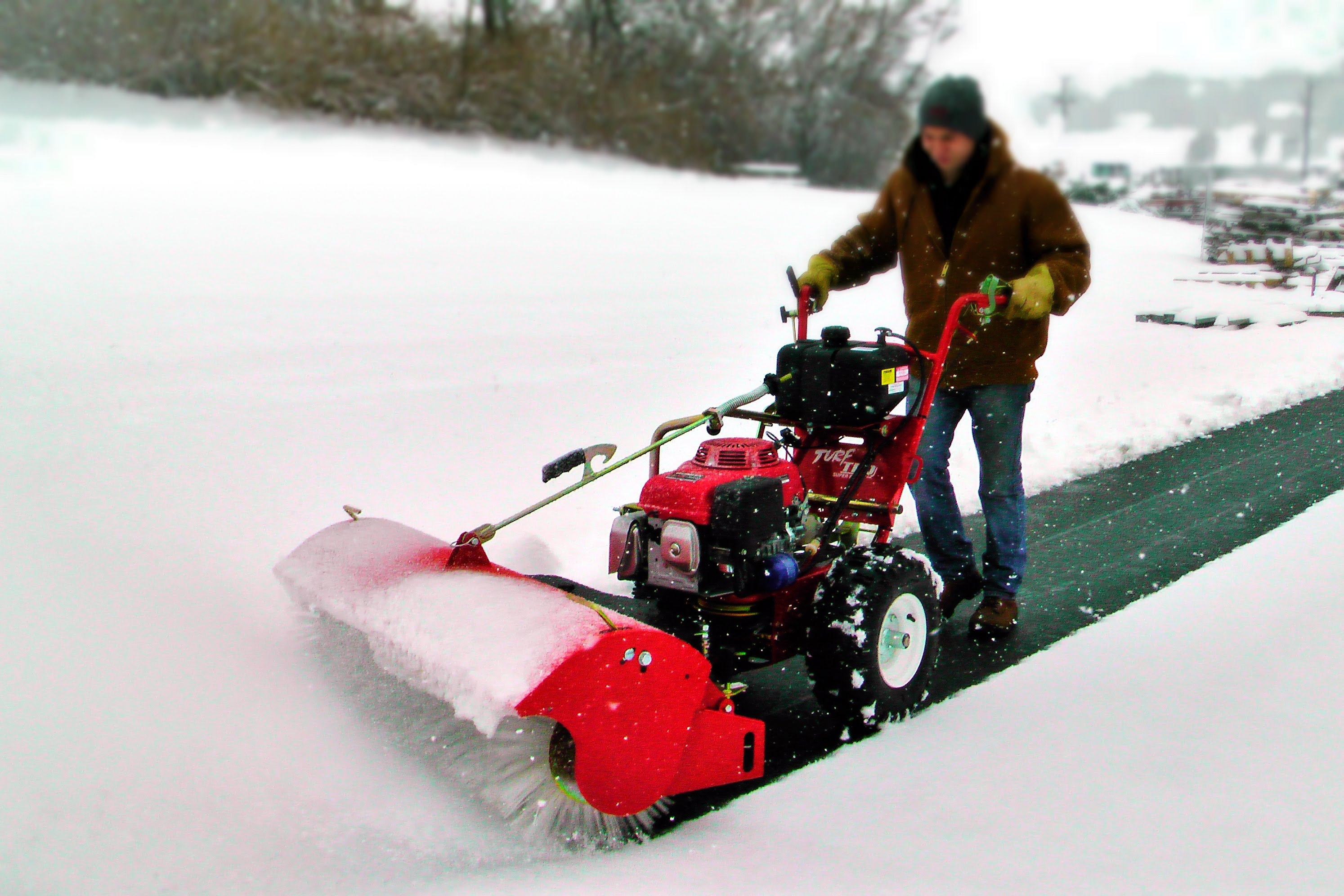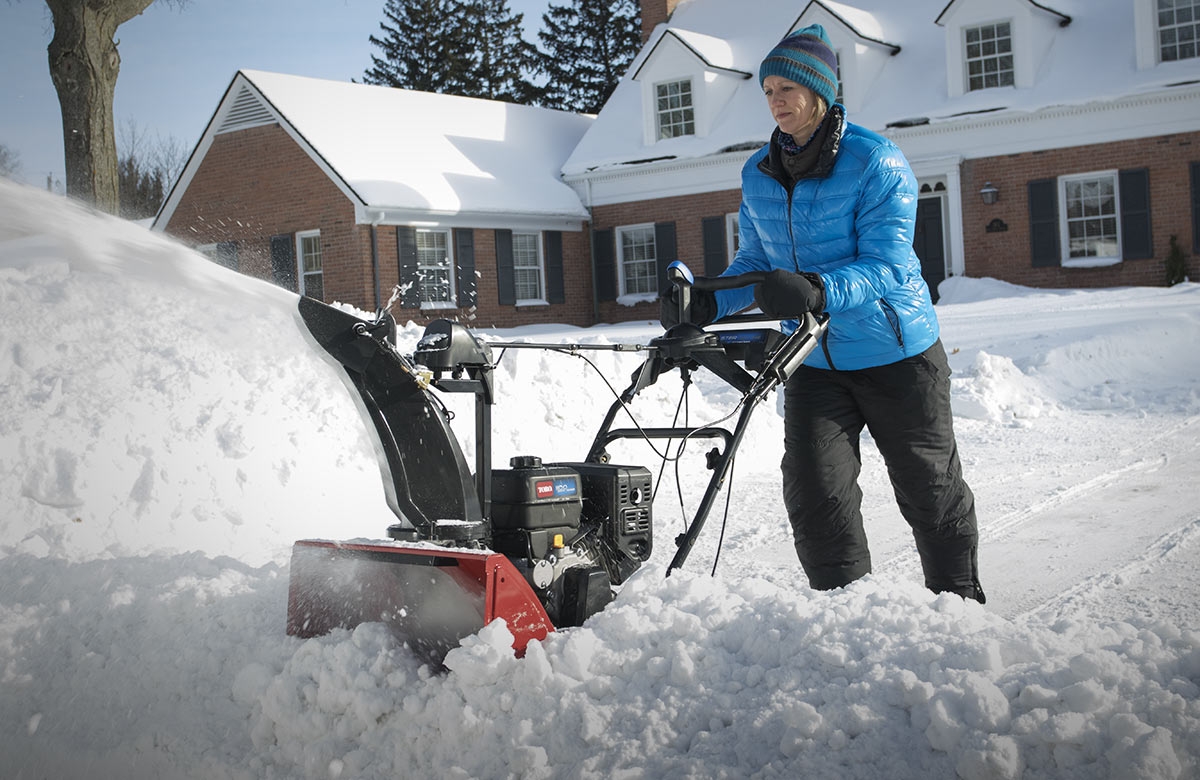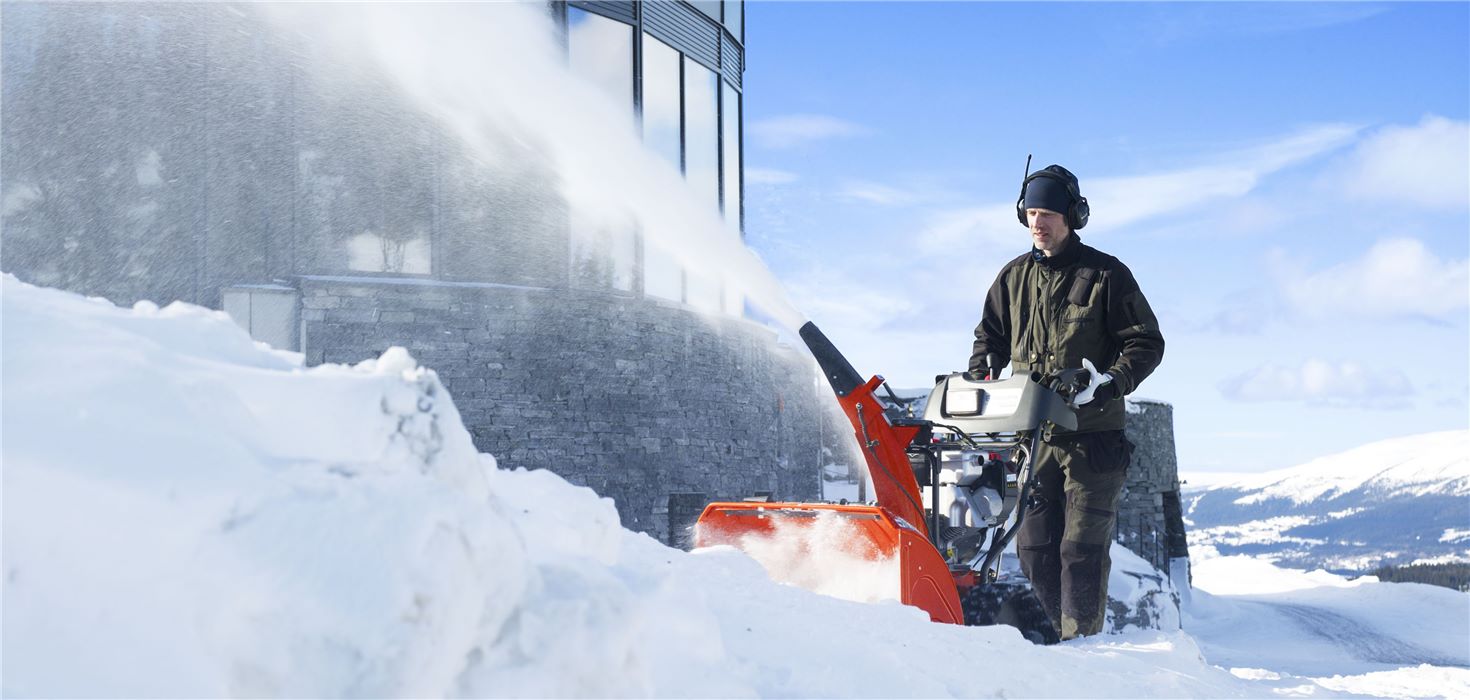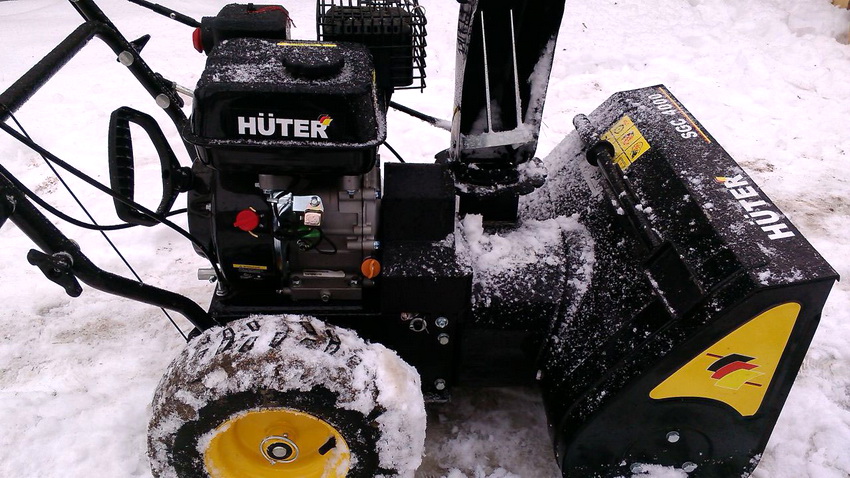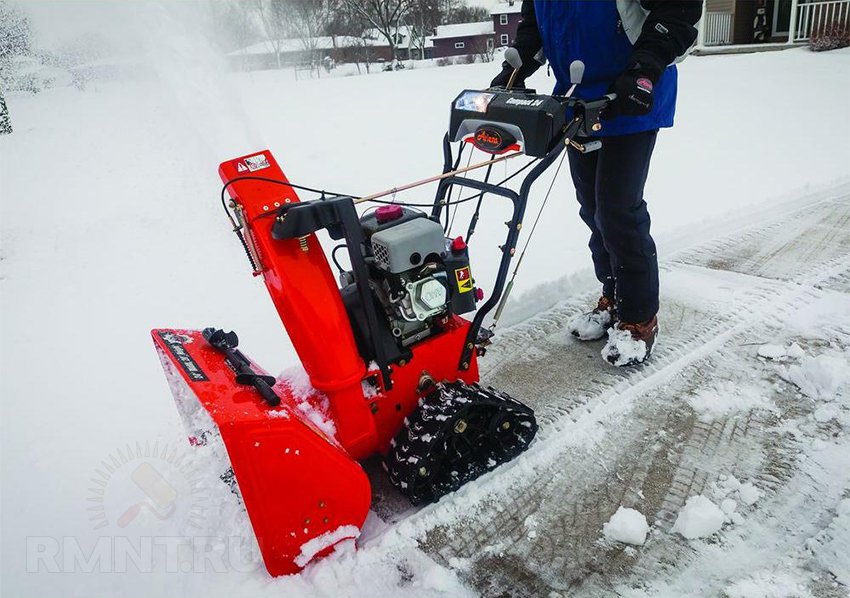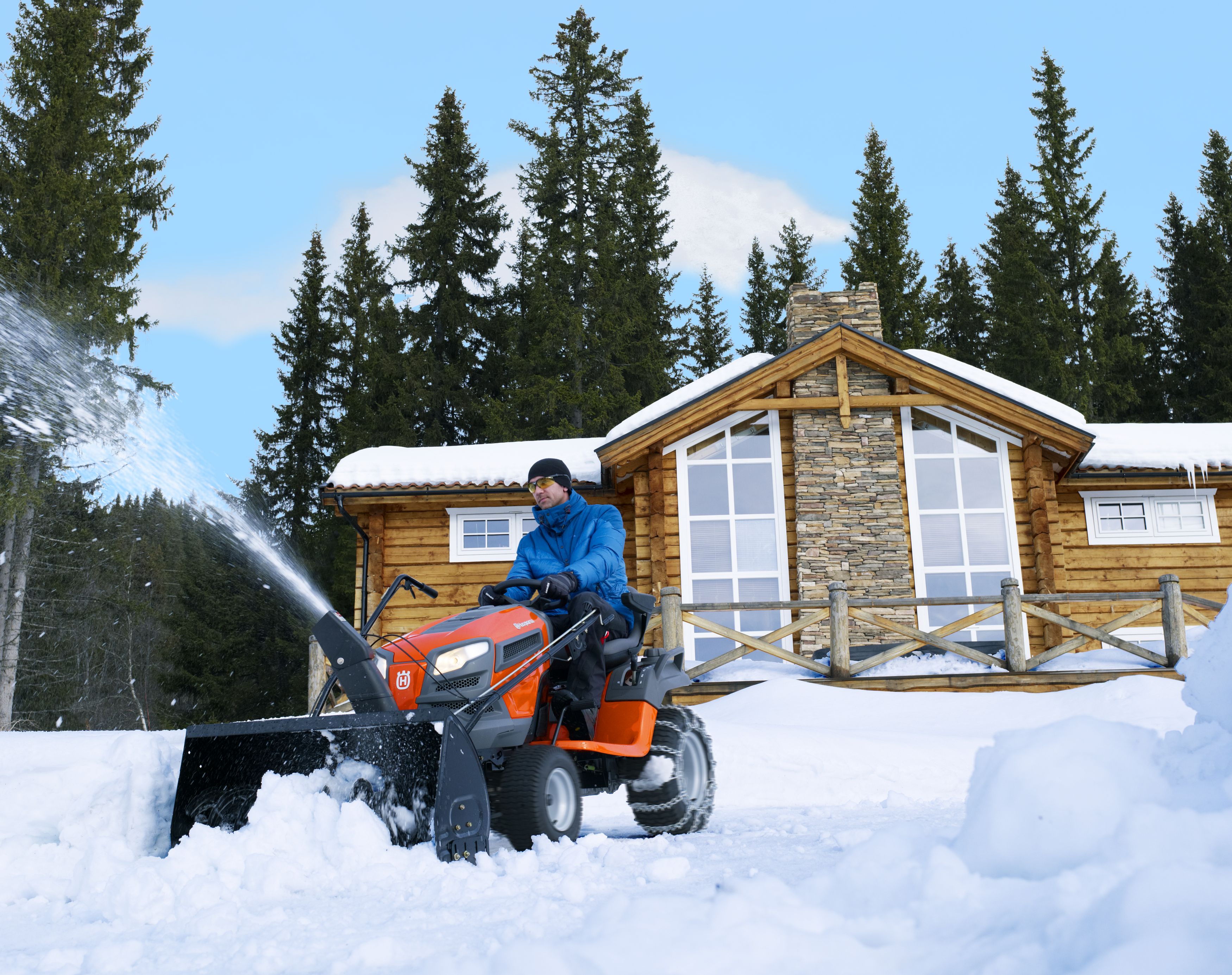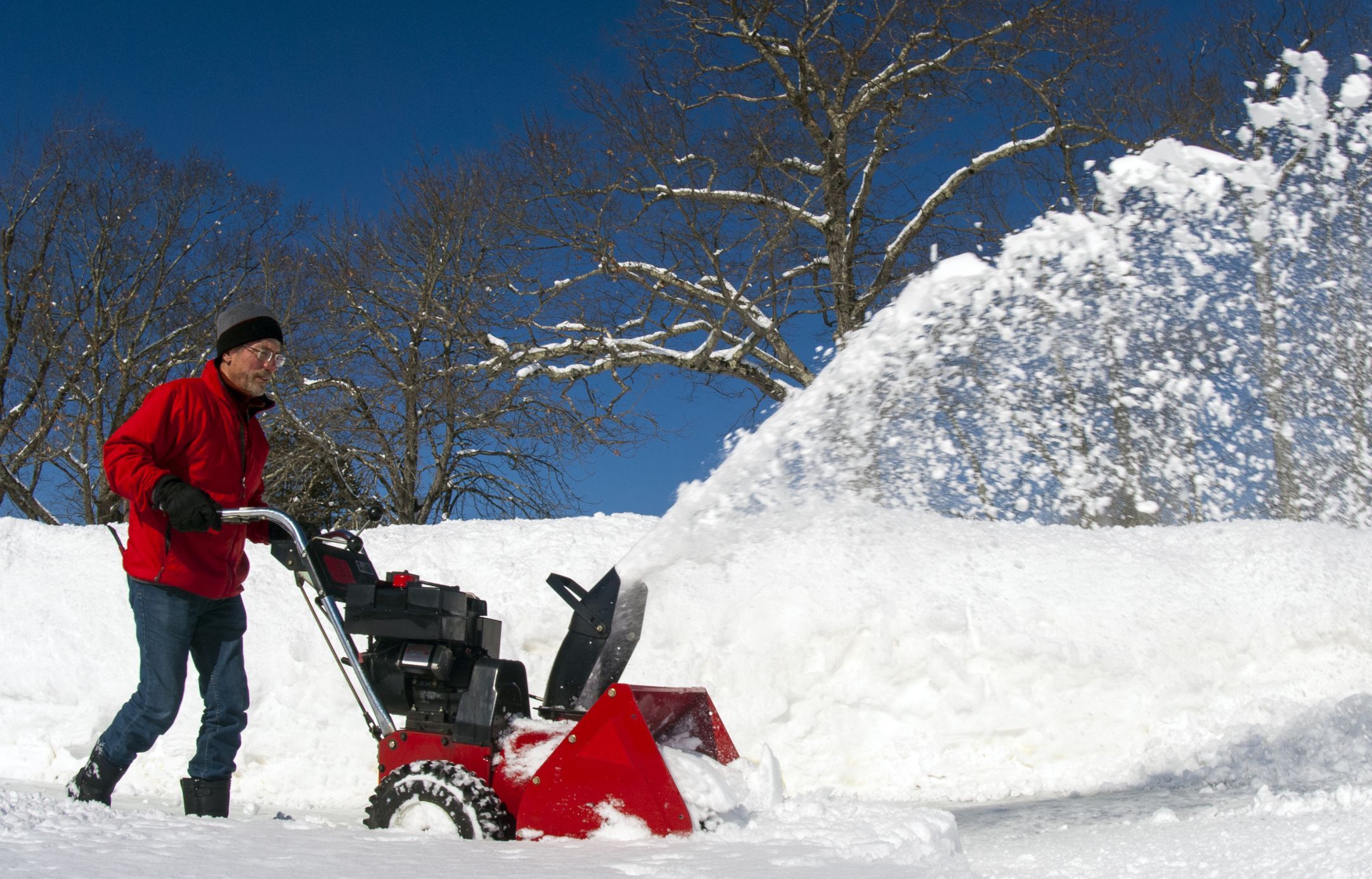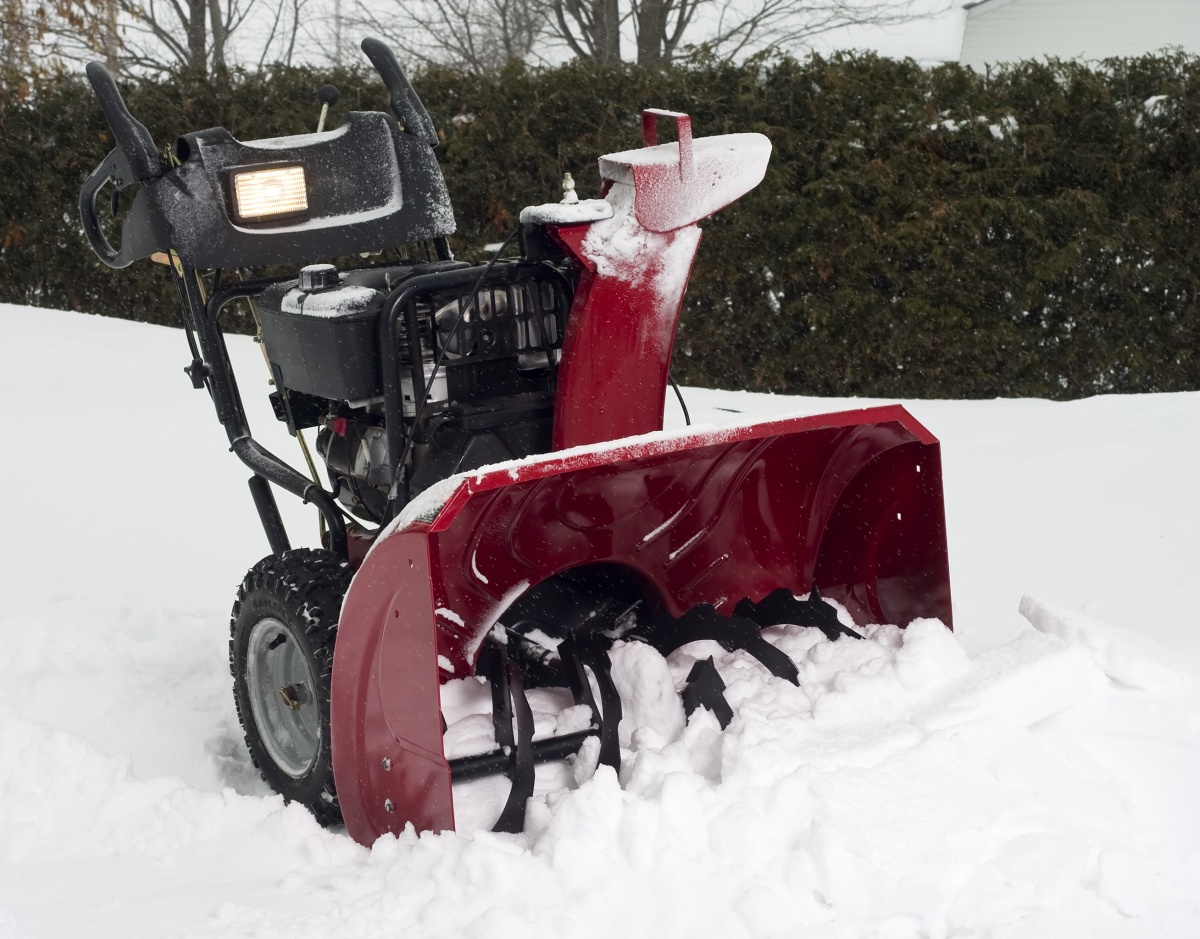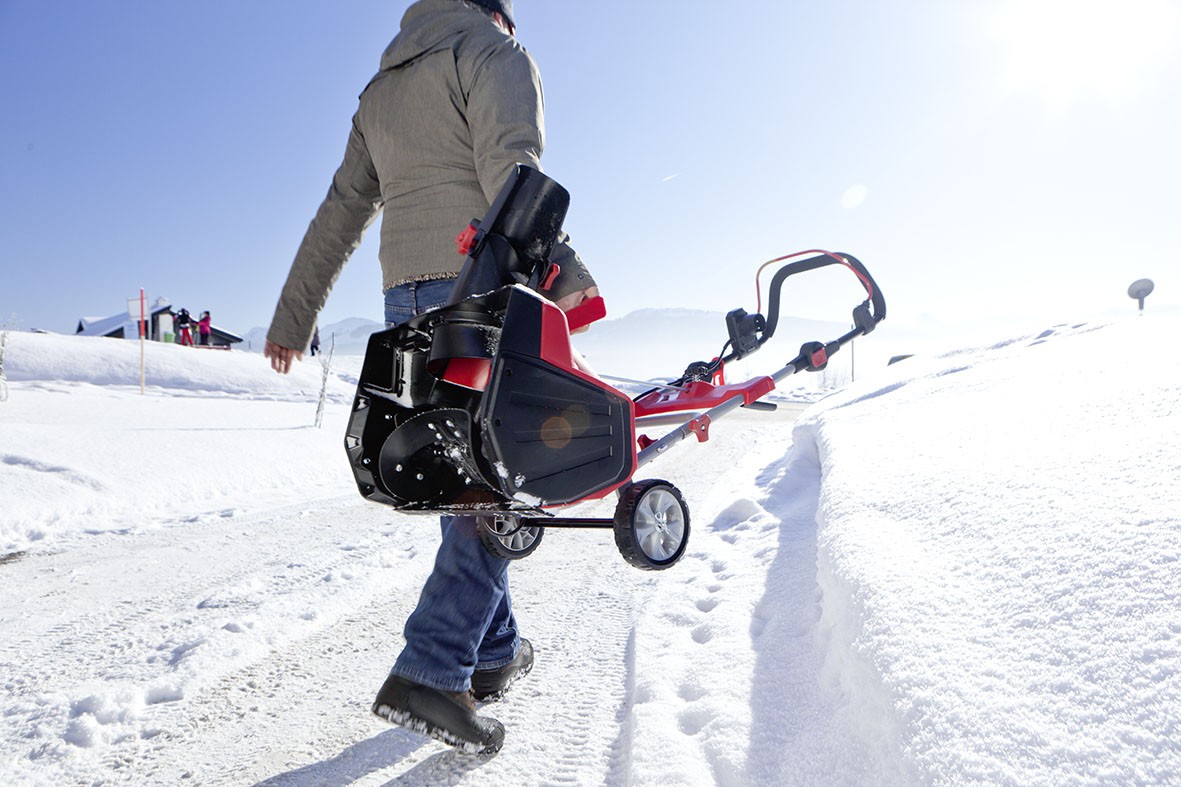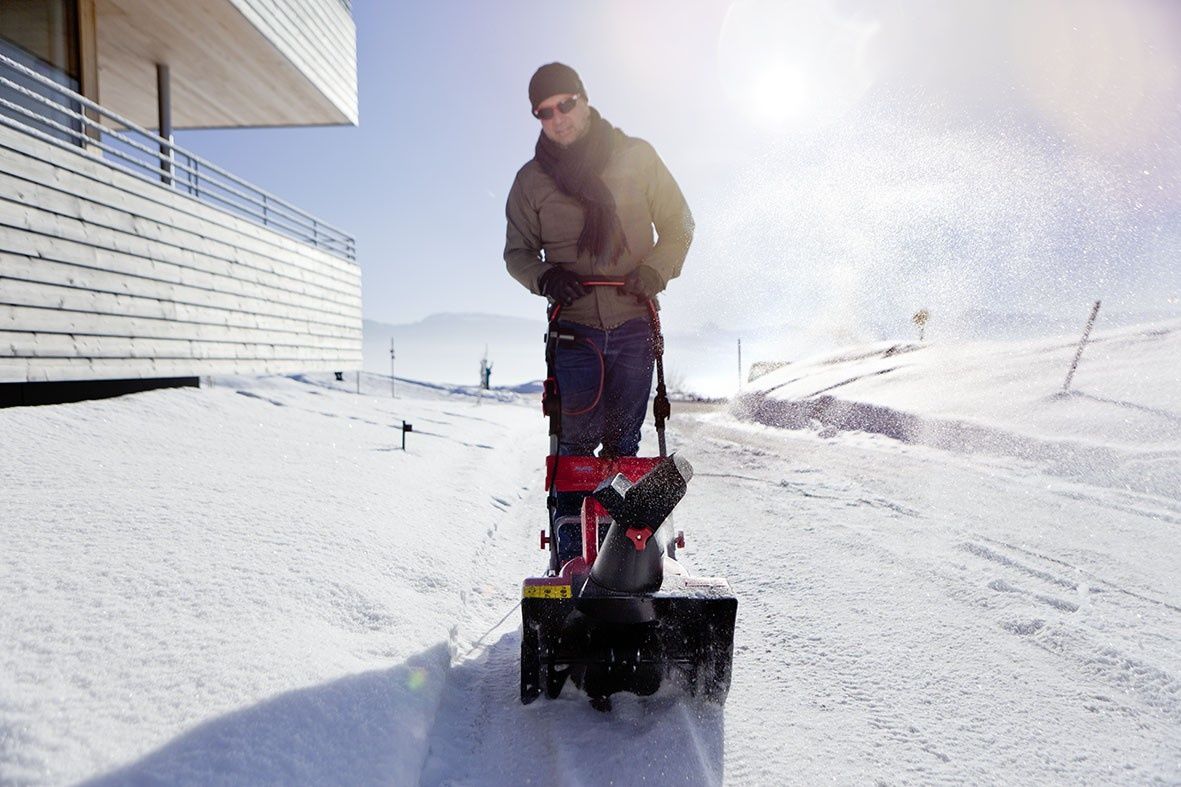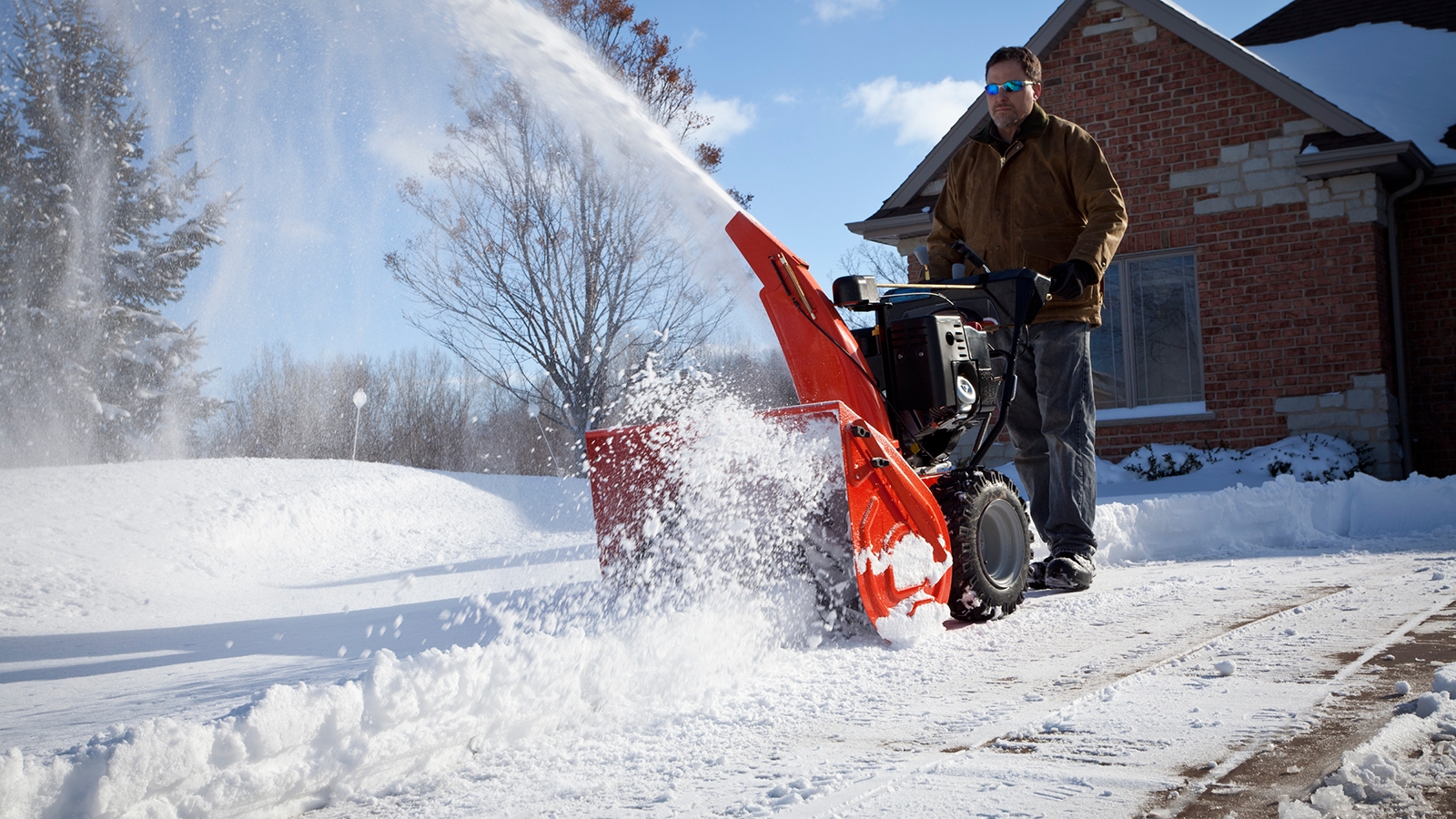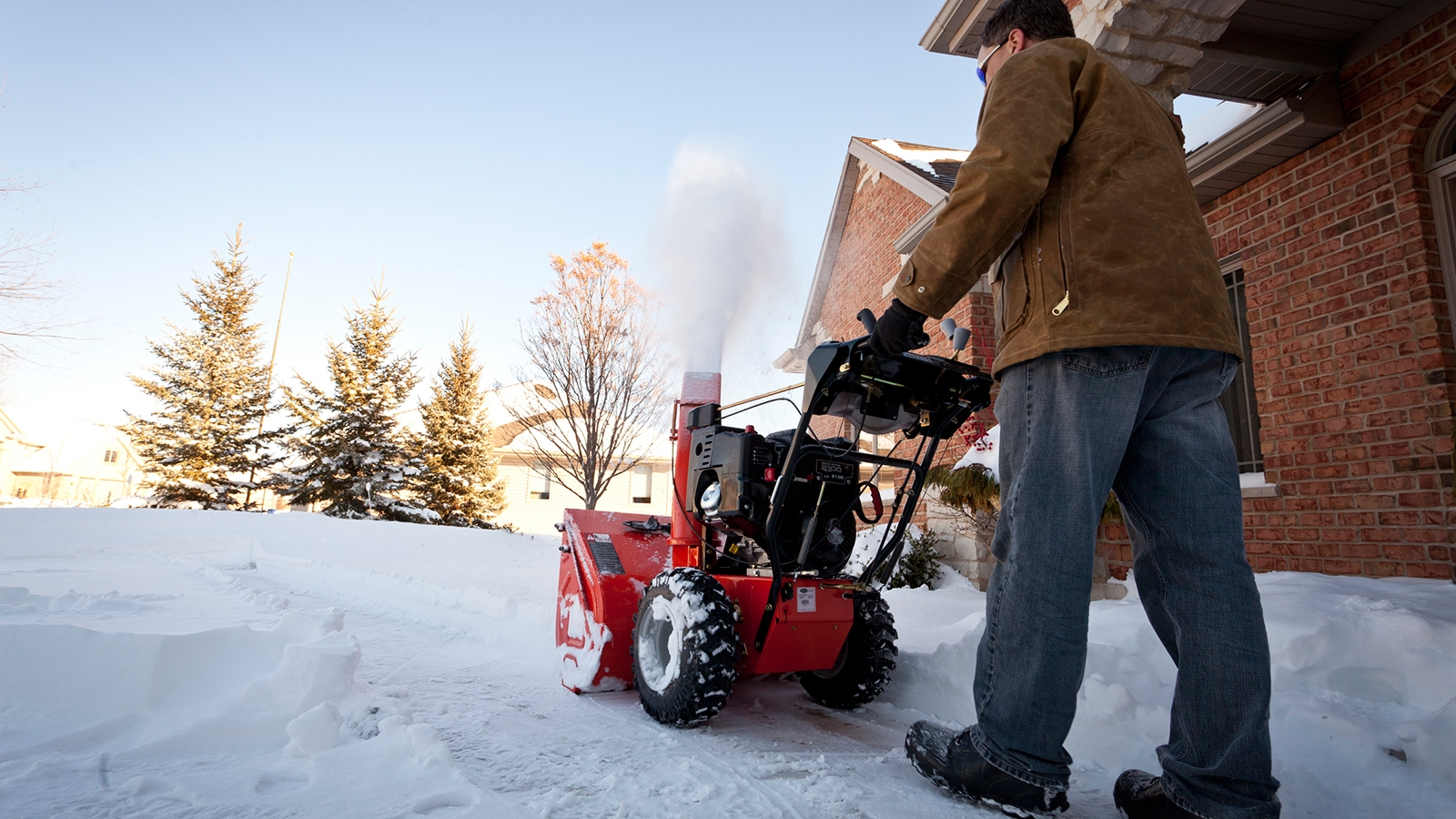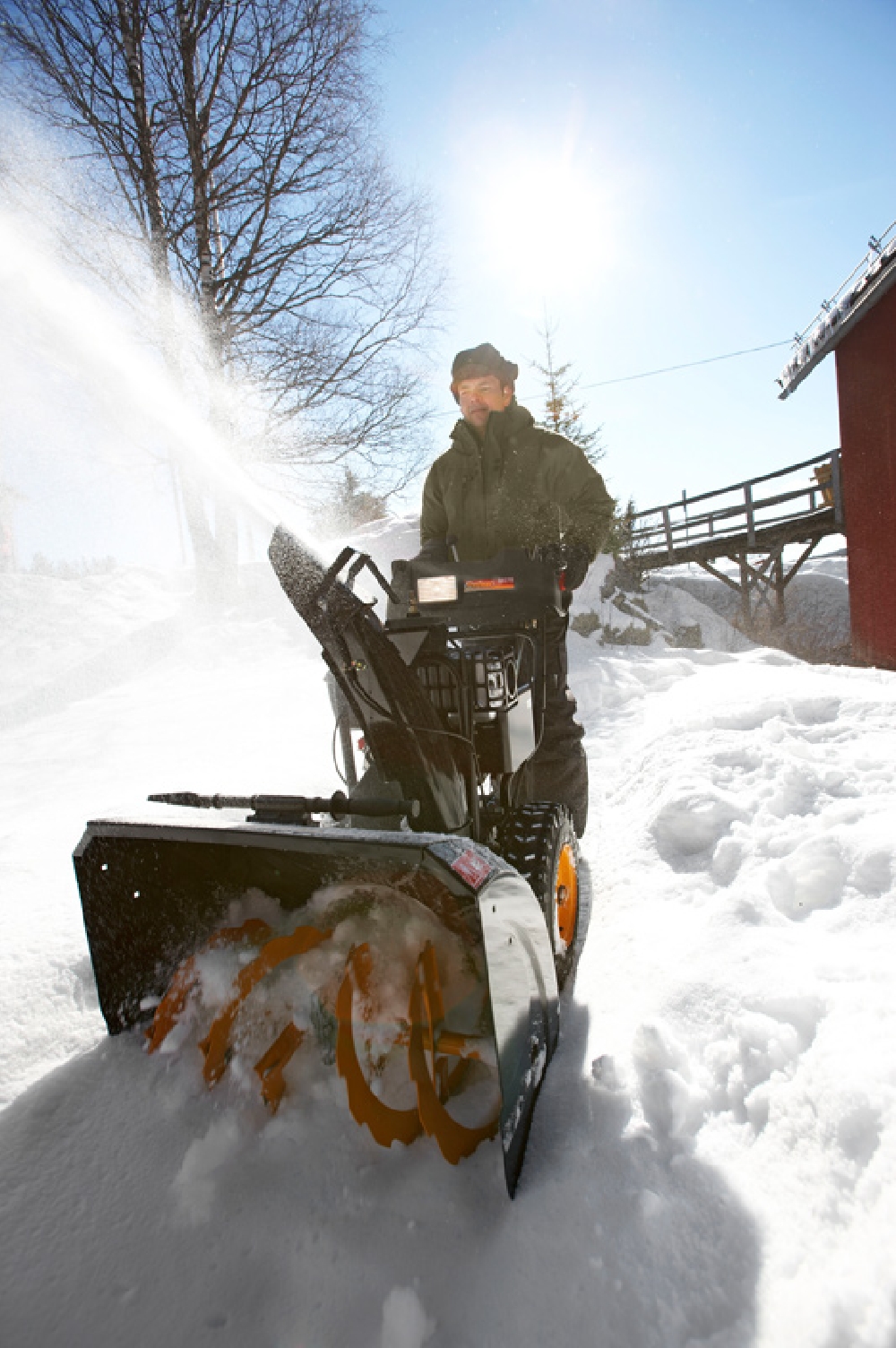Which snow blower to choose: expert advice
Content
- 1 How is the snow blower arranged and working?
- 2 What type of engine should a snow thrower have for a private home?
- 3 Which is better: self-propelled or non-self-propelled snow blower?
- 4 Is there any benefit to choosing an electric snow blower, and what are the recommendations for its use?
- 5 How to choose a snow blower depending on the manufacturer?
- 6 Which snow blower to choose for the house, taking into account its cost?
If you are lucky and you are the owner of a private house with a personal plot, you probably have long understood that snow removal in winter is not the most interesting activity. And you can ease your work if you get a reliable and convenient snow blower for your home. But how to choose it, because today in the market they are presented in a large assortment? Perhaps it will help you decide which snowthrower to choose for your home, study the information in this article, selected to provide answers to the most frequently asked questions from buyers below.
How is the snow blower arranged and working?
The standard design of the snow blower includes the following components:
- metal case;
- engine;
- control elements;
- a screw (one or more), which is a kind of screw meat grinder.
There are three types of aggregates:
- single stage;
- two-stage;
- three-stage.
Moreover, in the first embodiment, the screws are used not only to collect snow, but also to discard it. Single-stage snowblowers are very vulnerable, since the screws in them must rotate at a very high speed in order to create sufficient centrifugal force to release snow. Therefore, when capturing solid objects, a breaker of such a snow blower is possible. In addition, since the auger in single-stage snow blowers during operation practically touches the soil surface, the use of such equipment on gravel-covered paths is not recommended, since small pebbles will “shoot” together with the snow mass.
In single-stage snow blowers, snow is discarded due to the energy of rotation of the screw without the use of auxiliary mechanisms. As a rule, these units are small-sized and have a bucket width in the range of 50-55 centimeters. Which is quite enough for cleaning shallow snow. But in order to easily cope with snowdrifts with a height of more than 30 centimeters, it is better to purchase a two-stage snow blower.
Such snow blowers are more perfect, since in them the snow mass from the metal screw is transferred to the high-speed impeller, which further crushes and throws the snow through the nozzle, giving it an increased speed. In two-stage snow blowers, the augers rotate at a low speed and do not come into contact with the ground during operation. Therefore, such aggregates can be used on gravelled soils, and on any hard surfaces, such as asphalt, concrete or stone. And since their bucket, as a rule, is also higher, then they can also, accordingly, eliminate big snow drifts.
As for the three-stage snow blowers, they have increased productivity and can handle large volumes of snow. Therefore, they are mainly used in utilities and industrial facilities. They have two steel screws directing the collected snow along with ice to the middle of the bucket and further to the accelerator, where the incoming material is ground to a state of homogeneous snow mass, which is then ejected by the blades of the rapidly rotating impeller into the nozzle.
Three-stage snow blowers are very powerful machines that can bite even into snowdrifts of high density and height, throwing snow for fifteen meters.
What type of engine should a snow thrower have for a private home?
According to the type of engine, such snow blowers are also divided, like saws, into electrical devices that operate on mains or batteries, and gasoline devices.
Electric snow blowers in most cases are non-self-propelled machines. They have compactness, low weight, but low engine power (two to three horsepower).
At the same time, the power of engines of gasoline snow blowers, which can be both self-propelled and non-self-propelled, can reach up to 15 horsepower.
For snow removal in relatively small areas with the possibility of organizing access to the electric network, a good choice is to buy an electric snow blower. In other cases, it is better to purchase a gasoline snow blower.
Which is better: self-propelled or non-self-propelled snow blower?
Which one to choose from these two options? Non-self-propelled snow blowers are used to clean paths, sidewalks and small, even plots of land from soft freshly fallen snow. The power of their engines is small (usually no more than five horsepower). A feature of this technique is that the owner needs to push and direct it himself. If you clean a small, flat, even area, then this is not a big deal, but when clearing large areas with holes and elevations, considerable physical effort will be required, and it may take several days to complete all the snow removal work.
However, non-self-propelled snow blowers have a number of advantages, listed below:
- they are easier to store, as they are small in size;
- have a low weight (usually about 35 kg), so even people who are physically not very strong can use them;
- they are characterized by high maneuverability and allow you to perform work on cleaning even inaccessible places;
- sections of their augers raking in snow are rubberized, so they cannot damage the surface being cleaned, which means that non-self-propelled snow blowers can be used to clean skating rinks and sidewalks lined with expensive tiles.
Disadvantages of non-self-propelled snow removal equipment:
- it is impossible to clean areas with high snowdrifts and hardened snow covered with ice crust;
- snow throwing range does not exceed, as a rule, five meters.
The movement of self-propelled snow blowers is carried out due to the presence of their engine. Therefore, they are not pushed, but controlled by their movement around the site with the help of special levers, handles or staples.
Engines of such snow blowers usually have power in the range of 5-13 liters. s., and snow during the cleaning can be thrown to a distance of about 15 meters. But this becomes possible not only due to the presence of a powerful engine. Such units belong to a snow blower with a two-stage system, in which its first part destroys hardened snowdrifts with special augers and loads snow, while the second, which is essentially a powerful fan, removes snow mass. The undercarriage of self-propelled snow blowers can be either wheeled or track-based.
Self-propelled snow blowers have the following advantages:
- the unit moves independently, and working with it does not require much effort;
- such snow removal devices are easy to manage;
- self-propelled snow blowers provide the ability to clean large areas covered with dense snow and ice crust, even in the presence of high snowdrifts;
- snow is thrown over a considerable distance (10-15 m);
- the existing transmission makes it possible to choose any gear out of six possible;
- self-propelled snowblowers have the ability to change the direction of snow release;
- There are some additional functions, for example, a handle heater, a headlight, and a power steering.
Among the shortcomings of the self-propelled snow removal equipment under consideration, it can be noted, first of all, its high cost, since you have to pay for the convenience in operation.
Is there any benefit to choosing an electric snow blower, and what are the recommendations for its use?
Electric snow blowers have a small power, usually not exceeding three horsepower, but they have a number of significant advantages:
- low cost;
- light weight;
- compactness;
- Ease of Management;
- lack of significant noise during the work;
- ease of transportation.
As for tips on working with an electric snow blower, here are a few of them:
- The fallen snow should always be started to be removed as soon as possible, without waiting until it hardens and is covered with a dense ice crust.
- If it is necessary to remove the old hardened snow cover, then it is better to do it gradually, in several stages, periodically loosening the crust with a shovel and lifting the auger.
- In the absence of electricity, you can power the snow blower from the generator.
How to choose a snow blower depending on the manufacturer?
Husqvarna snow blowers are considered premium-class machines designed primarily for professionals. Their excellent quality explains why they are so expensive. They are assembled in Europe and equipped with engines manufactured by the world famous Briggs & Stratton companies.
Partner brand snow blowers are from the same manufacturer, Husqvarna. They are cheaper than previous models, as they are equipped with less powerful engines.
MTD snow blowers are sold under several brand names, for example, under such brands as Yard-Man, Cub Cade, Bolens.
These snow removal units are very popular because of their low price. Such snowblowers are produced both in the United States of America and in the People's Republic of China. They have an optimal price, taking into account their quality.
Craftsman snow blowers, which are made in the USA at enterprises owned by MTD, are of high quality, but their price is also considerable.
Ariens snow blowers are made both in the USA and in Canada. These are powerful, high-quality, reliable devices. Their value is at the level of the value of Husqvarna, and in some cases it exceeds it.
Today on the market you can also find many very similar Chinese snow blowers, which are sold under a variety of brands. Their acquisition is always associated with some risk.
Which snow blower to choose for the house, taking into account its cost?
The cost of such devices is different, but mainly in the range of 30-500 thousand rubles. The price of budget options with both electric and gasoline engines of low power (less than six horsepower) is 30-60 thousand rubles. Such equipment, belonging to the middle class and having a number of additional devices and increased productivity, costs 60-120 thousand rubles. And snow blowers of increased reliability from well-known brands (for example, such as Honda or Husqvarna) can be sold for 200-500 thousand rubles.
But it must be borne in mind that the cost of snowplows with a gasoline engine will need to add the costs of regular fueling and periodic oil changes. In addition, it must be borne in mind that for any snow blower, both electric and gasoline, in the event of a breakdown that does not meet the warranty conditions, contacting a specialized repair shop to replace the part may require costs in the amount of two to ten thousand rubles.
When choosing a snow blower for the home, it is important to study its technical characteristics and functionality well. If we choose equipment in accordance with our individual needs, and also suits us at a cost, then such a unit will become our good assistant in snow removal, facilitating this work and turning it from a not very pleasant duty into a source of pleasure.
